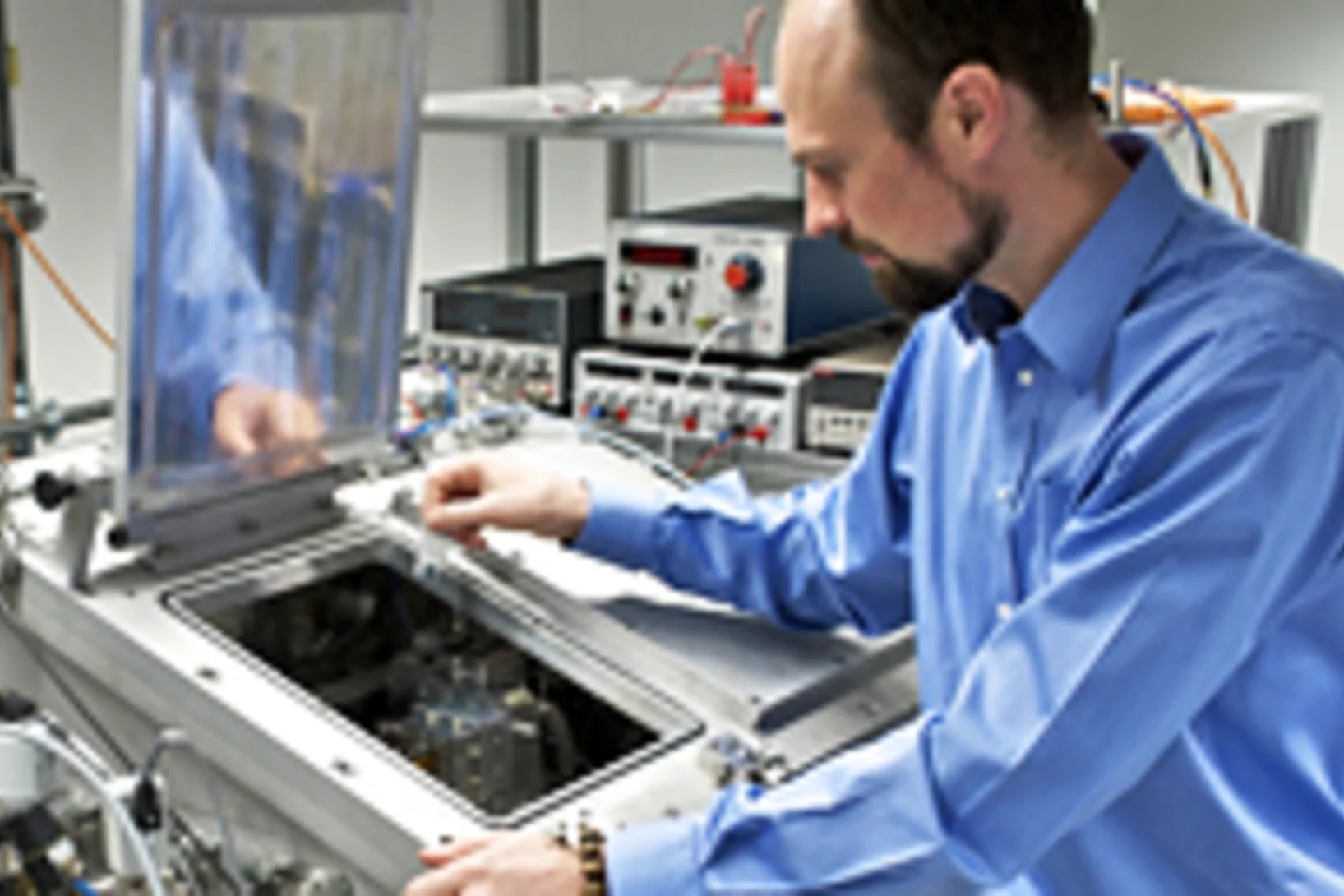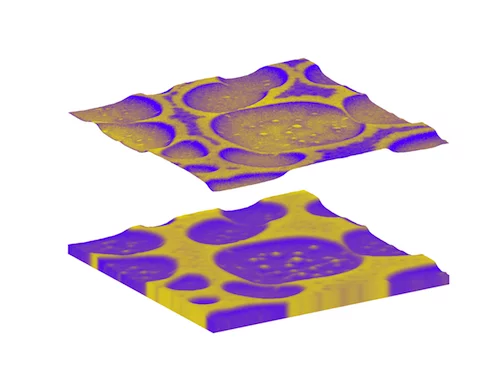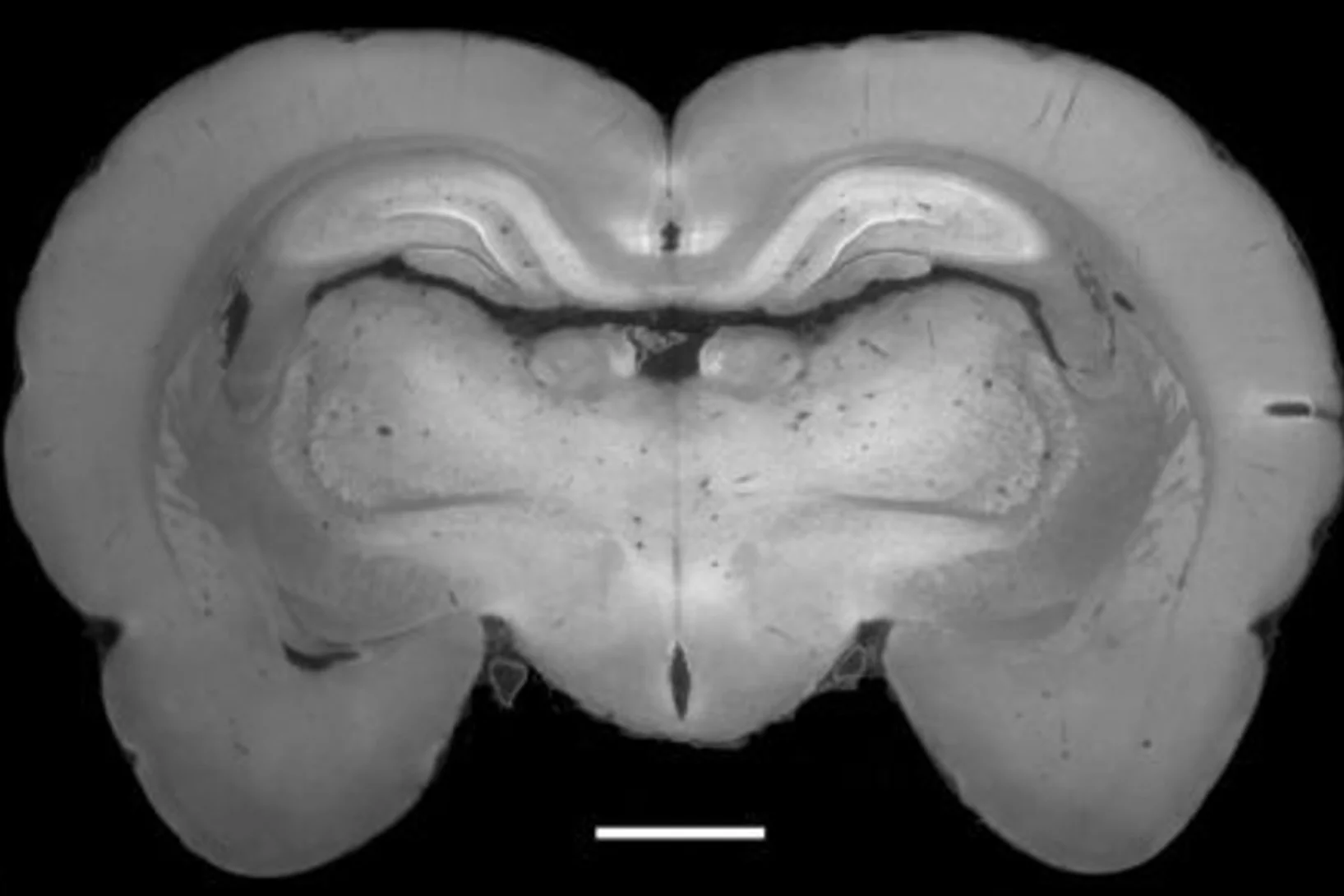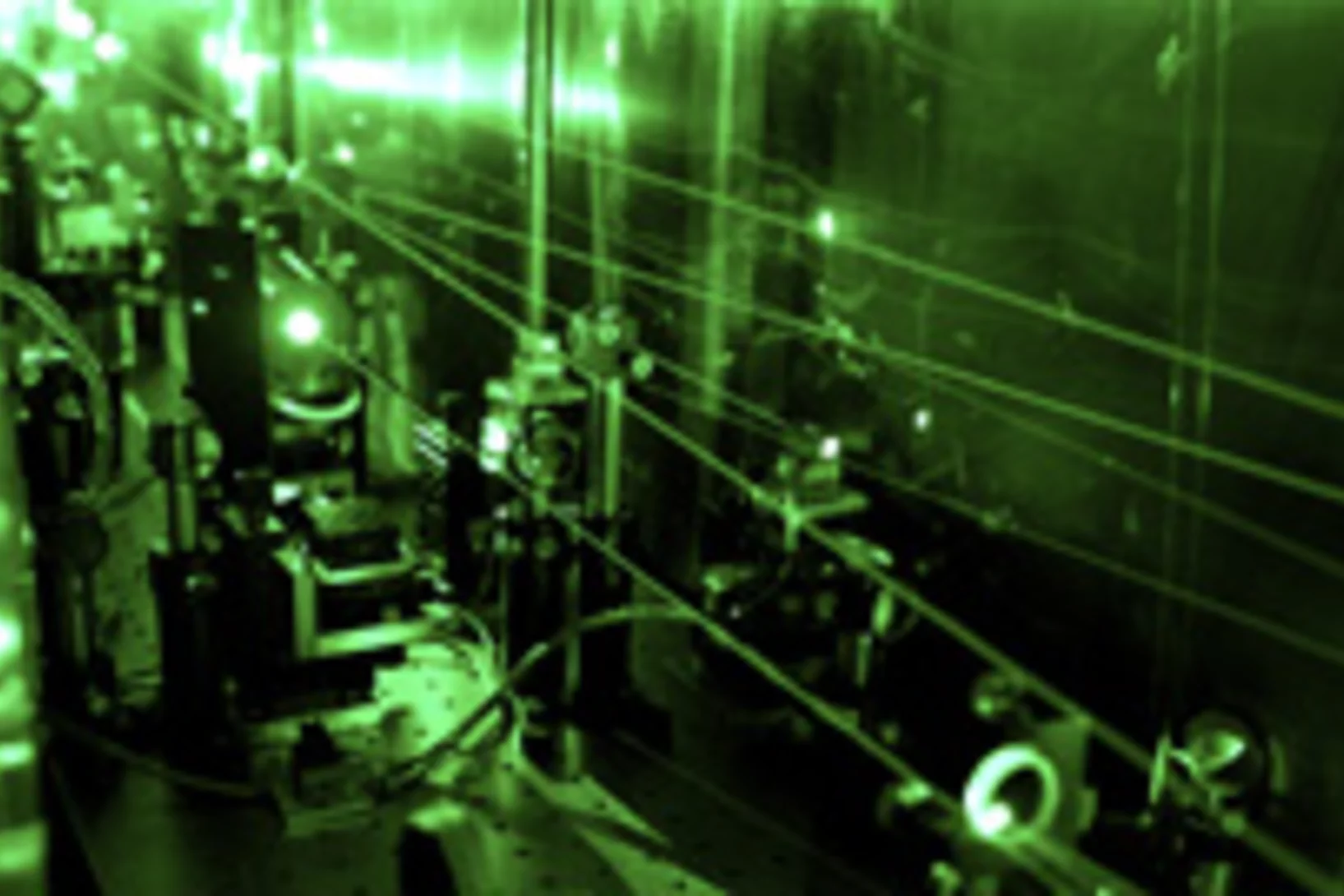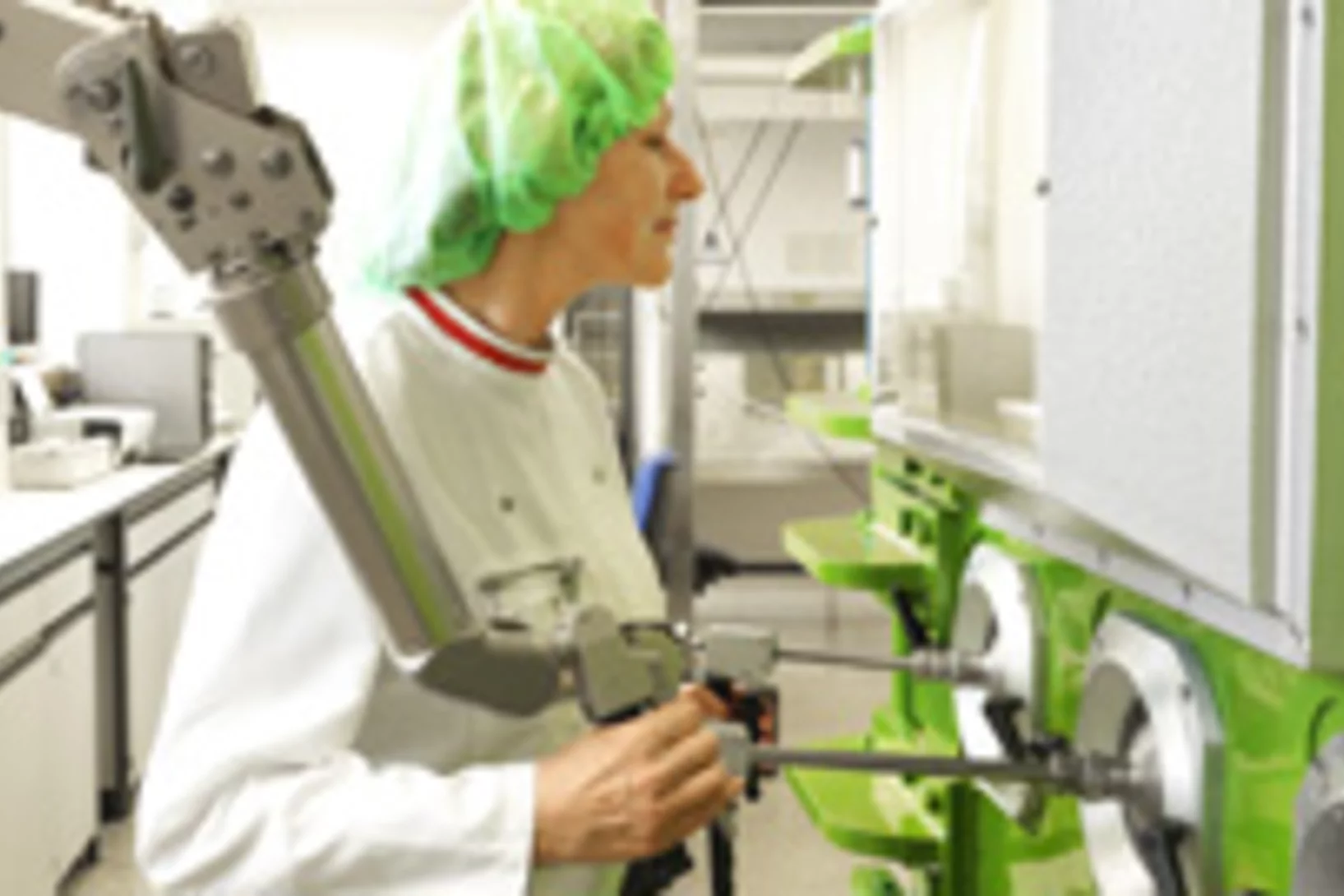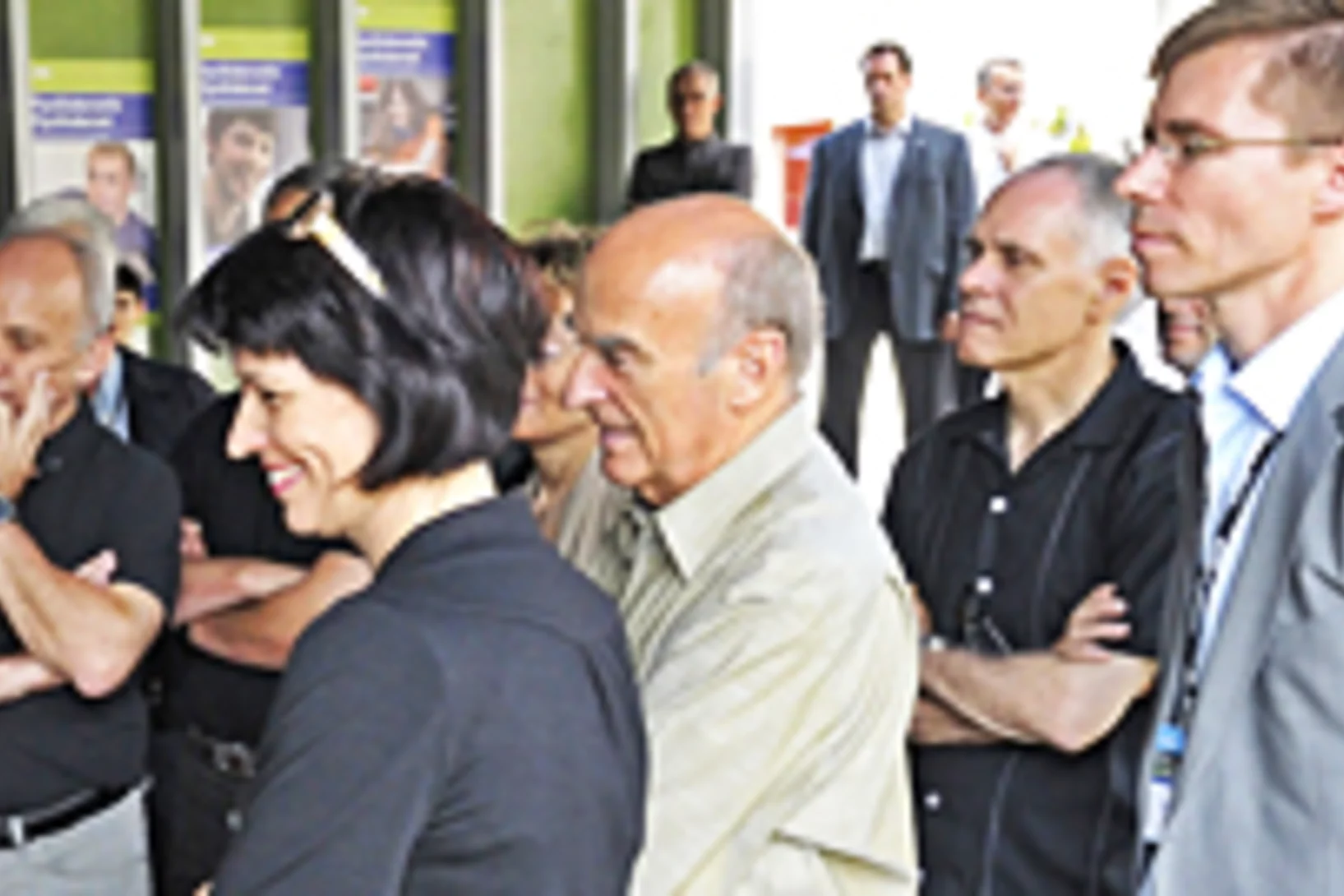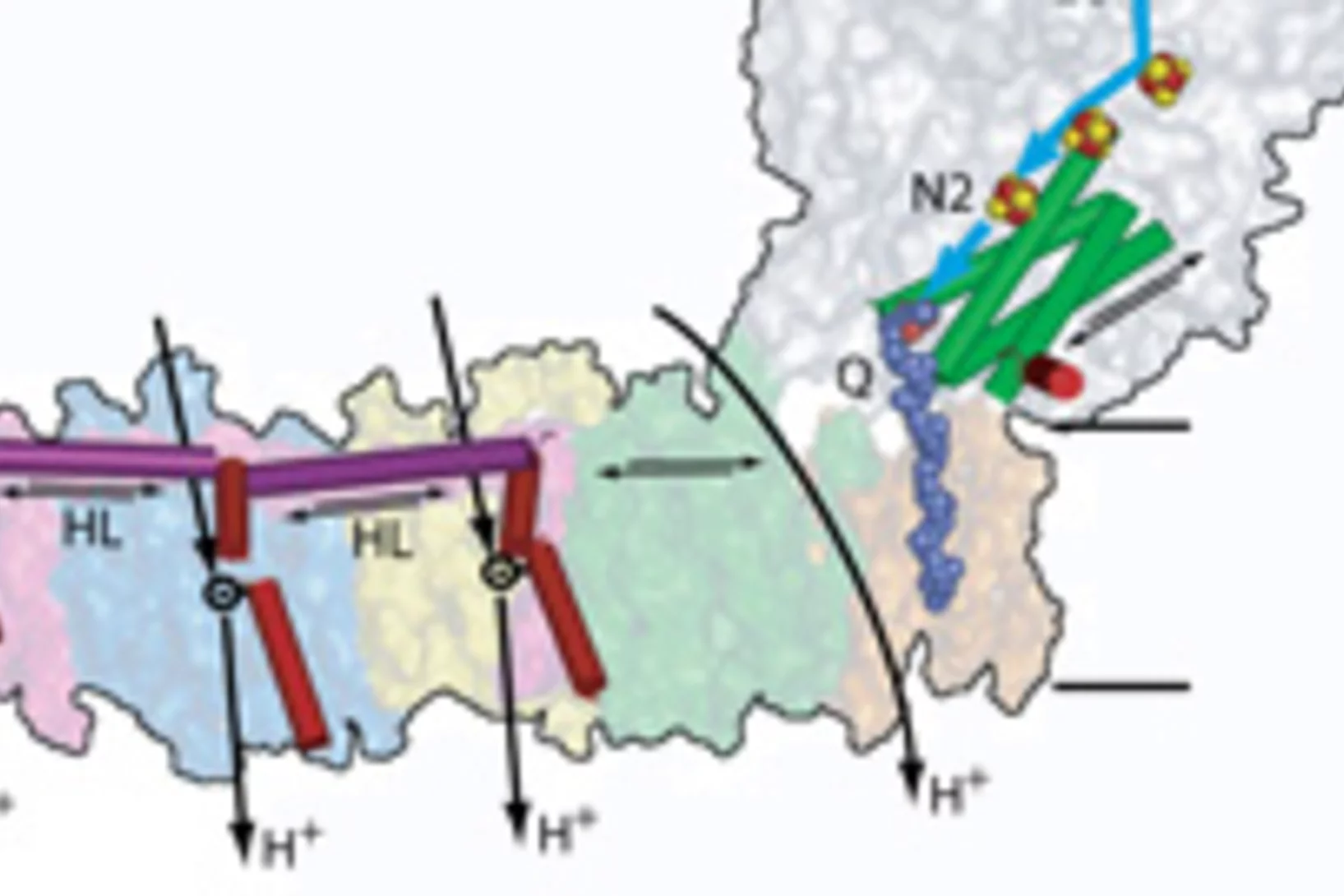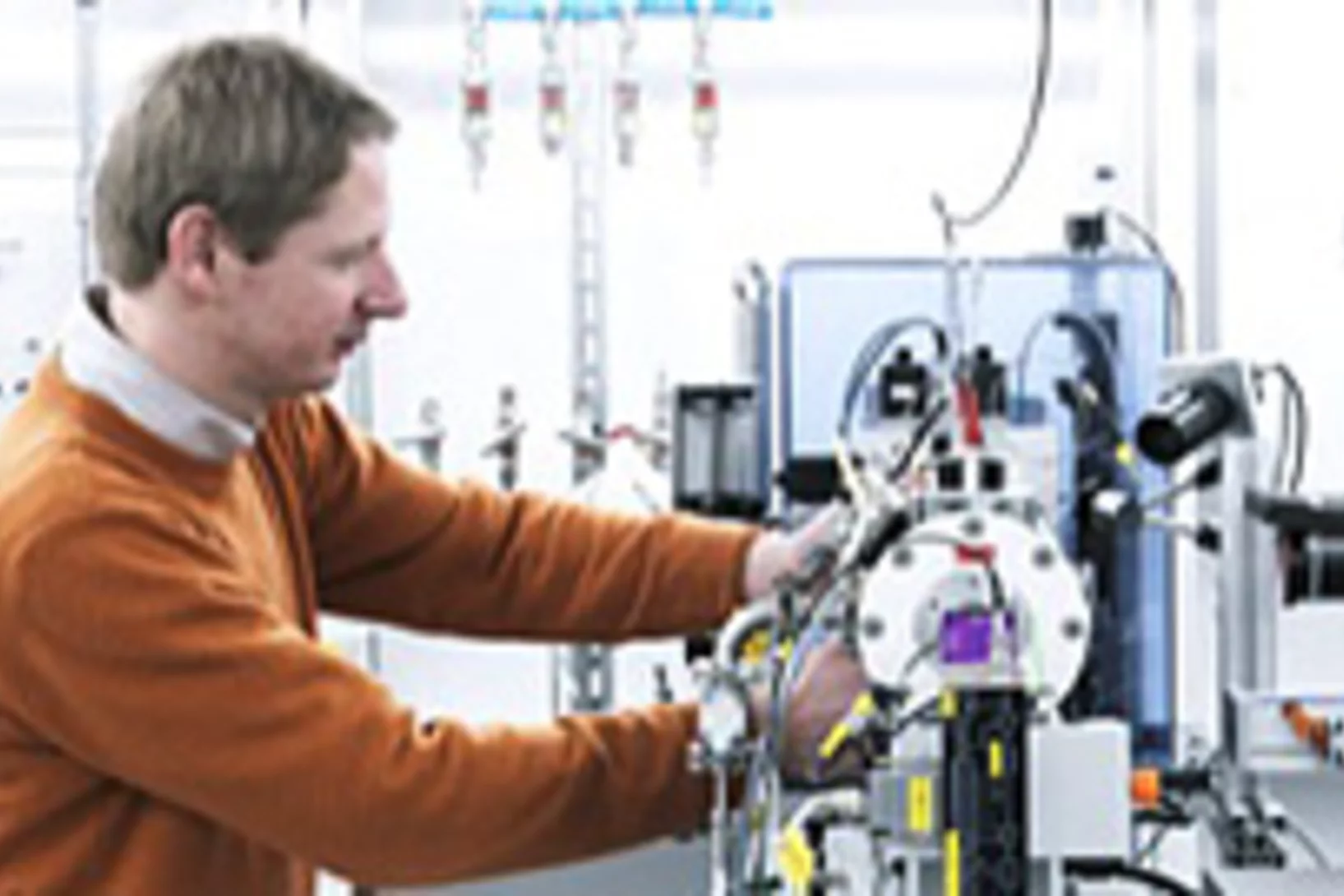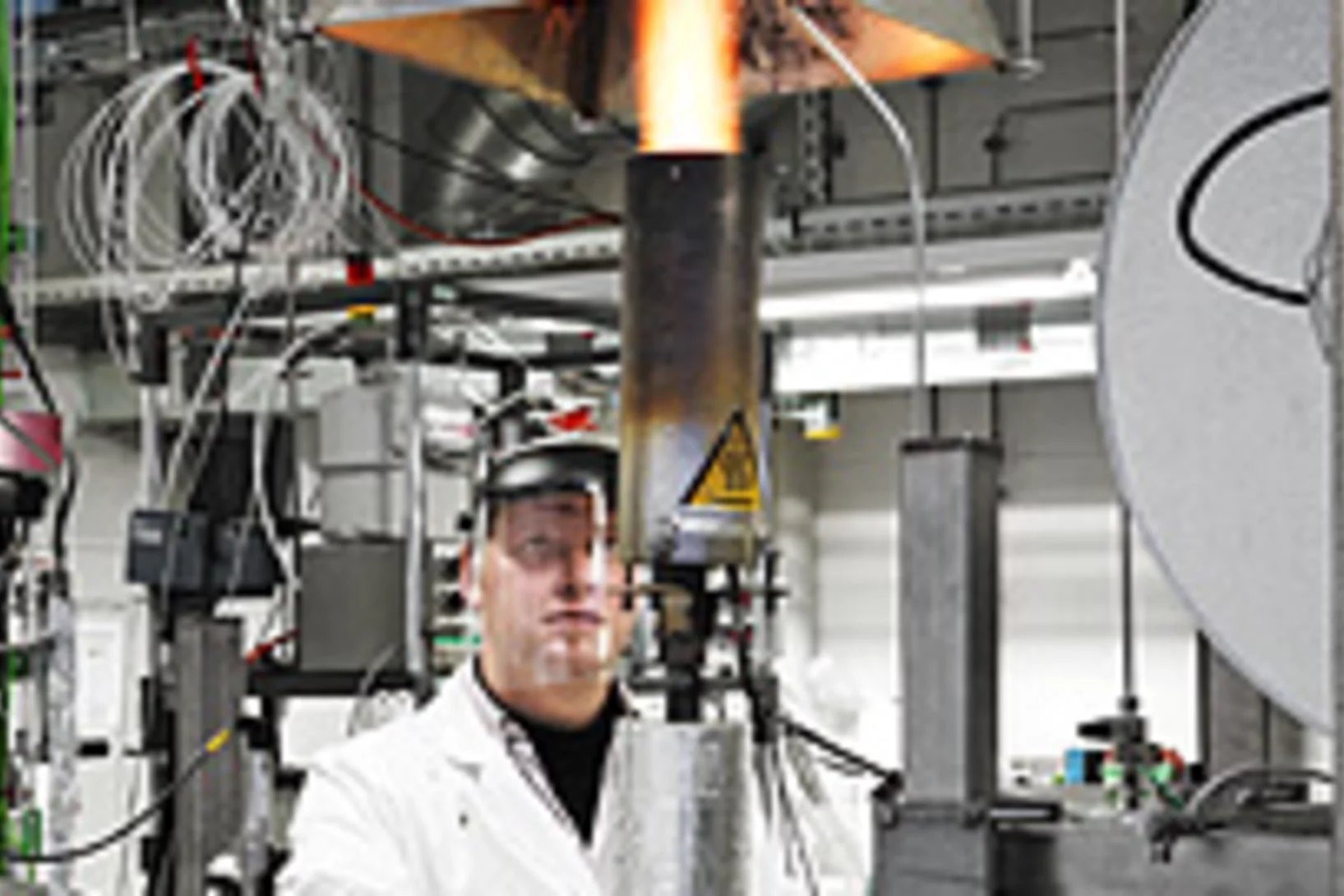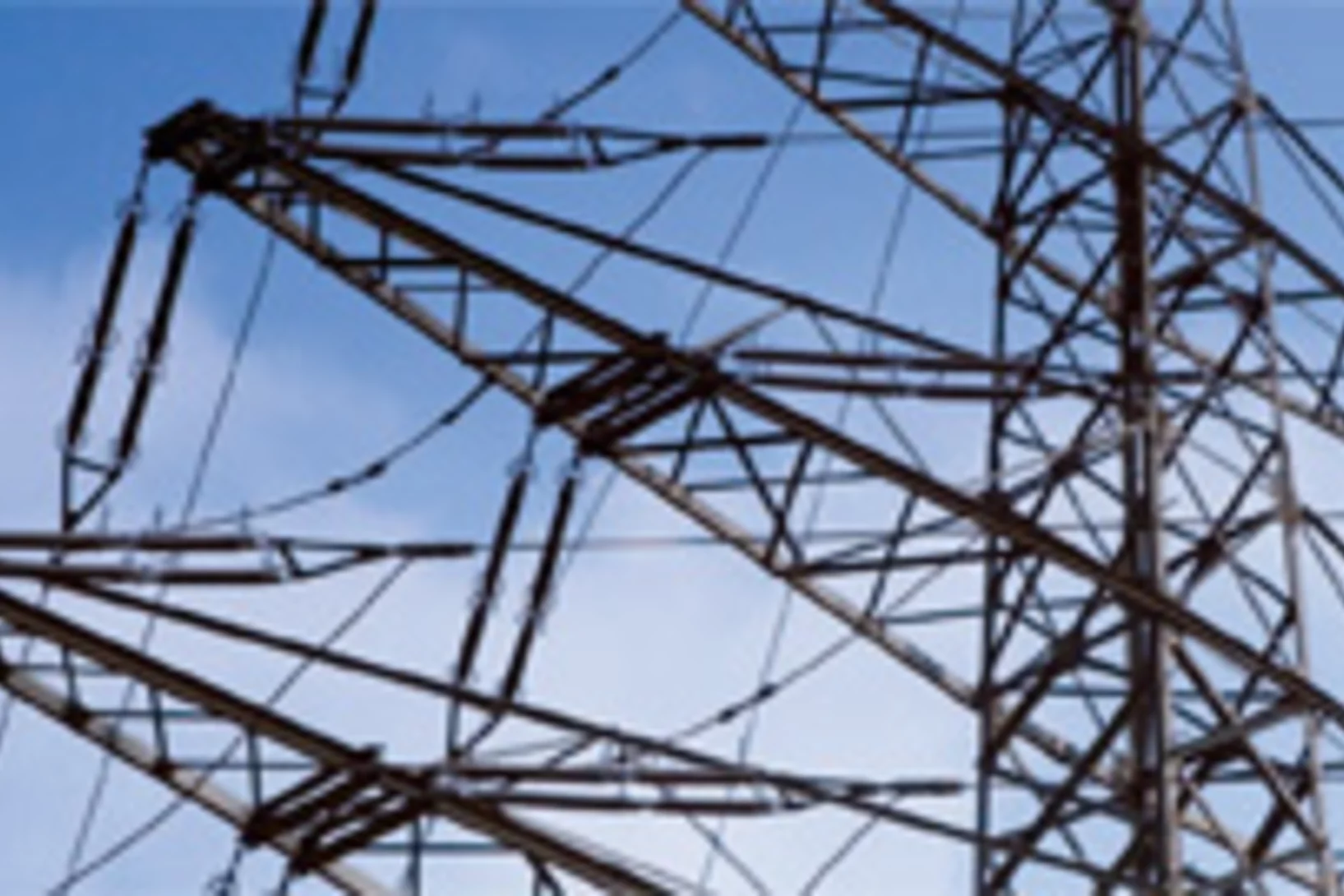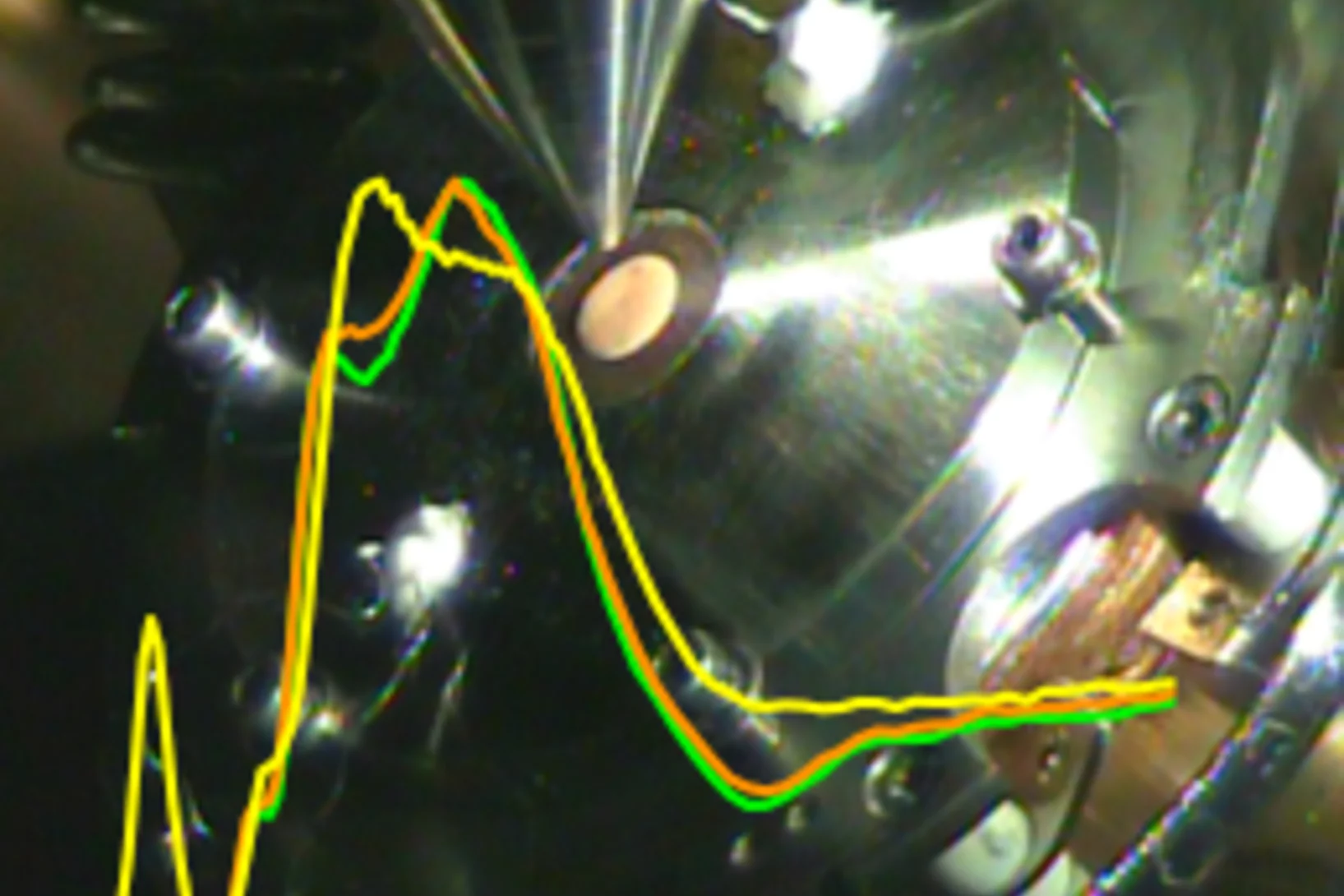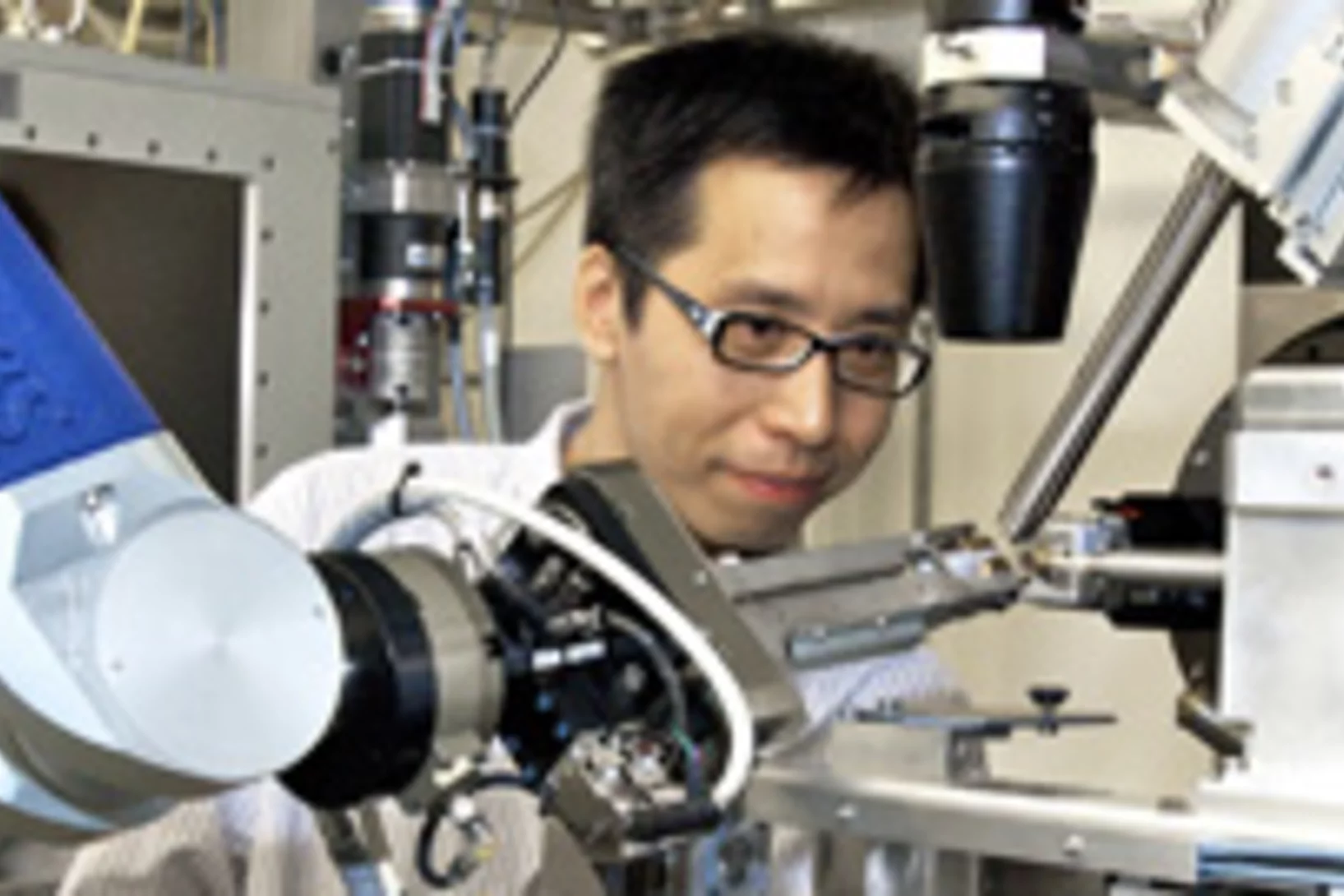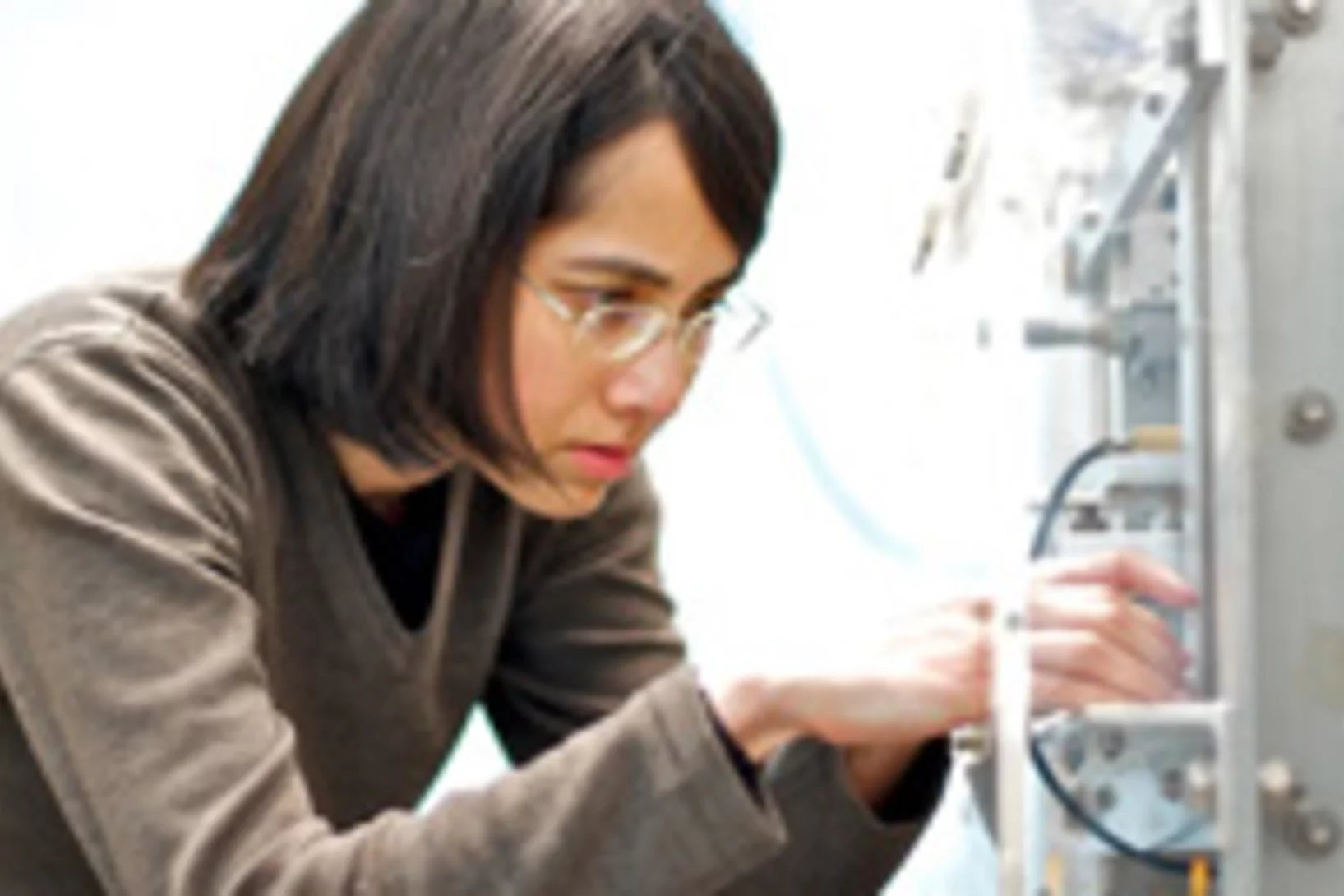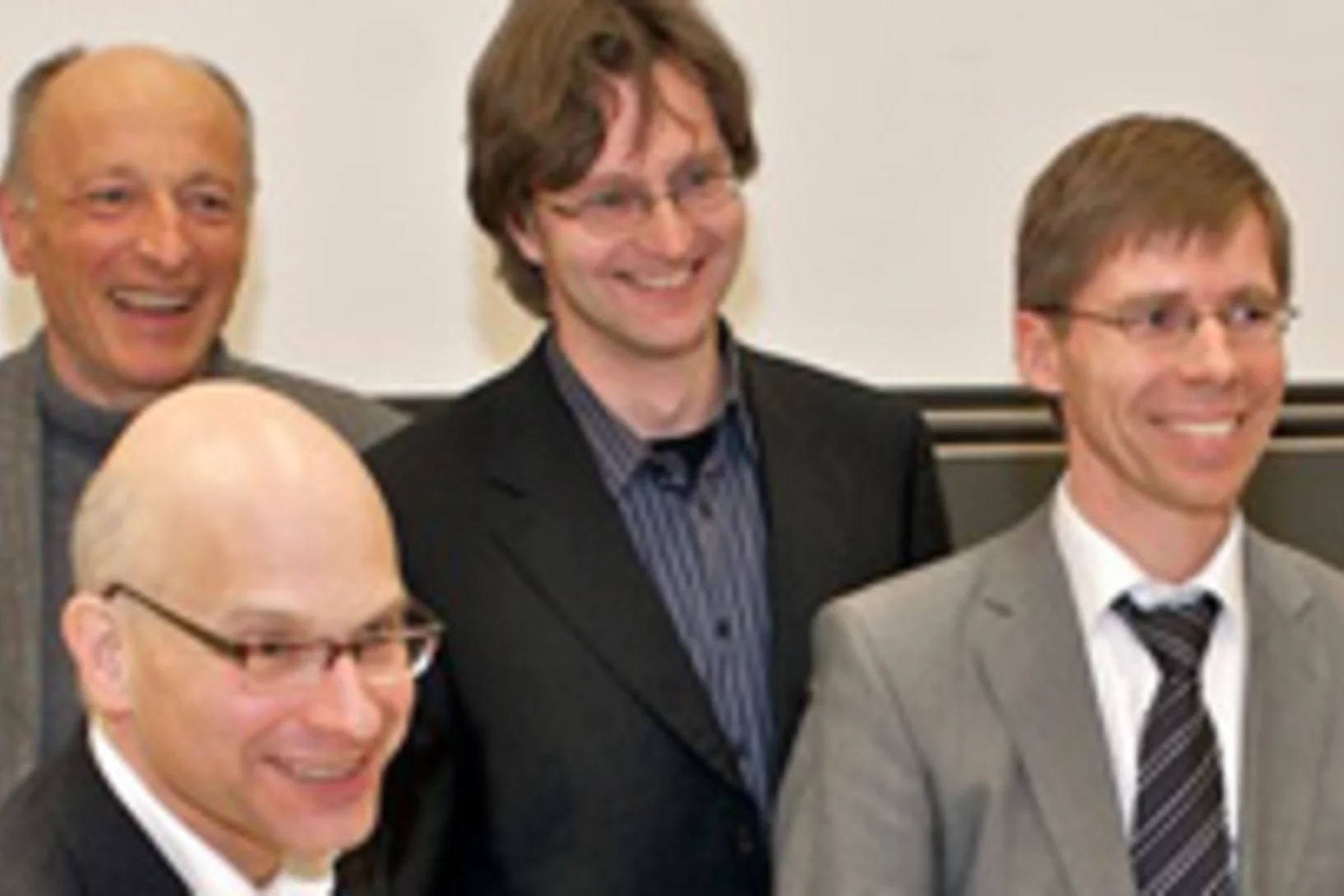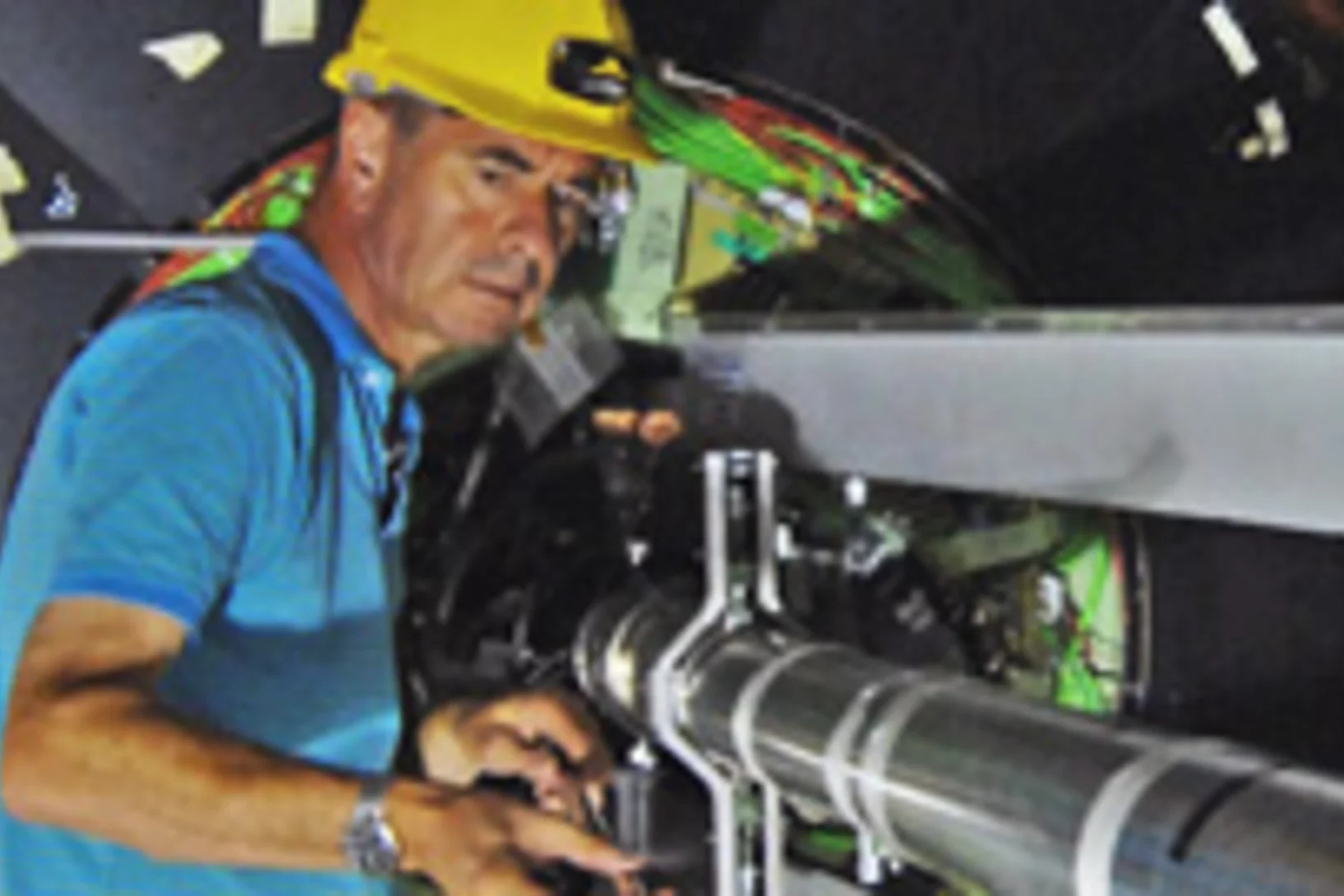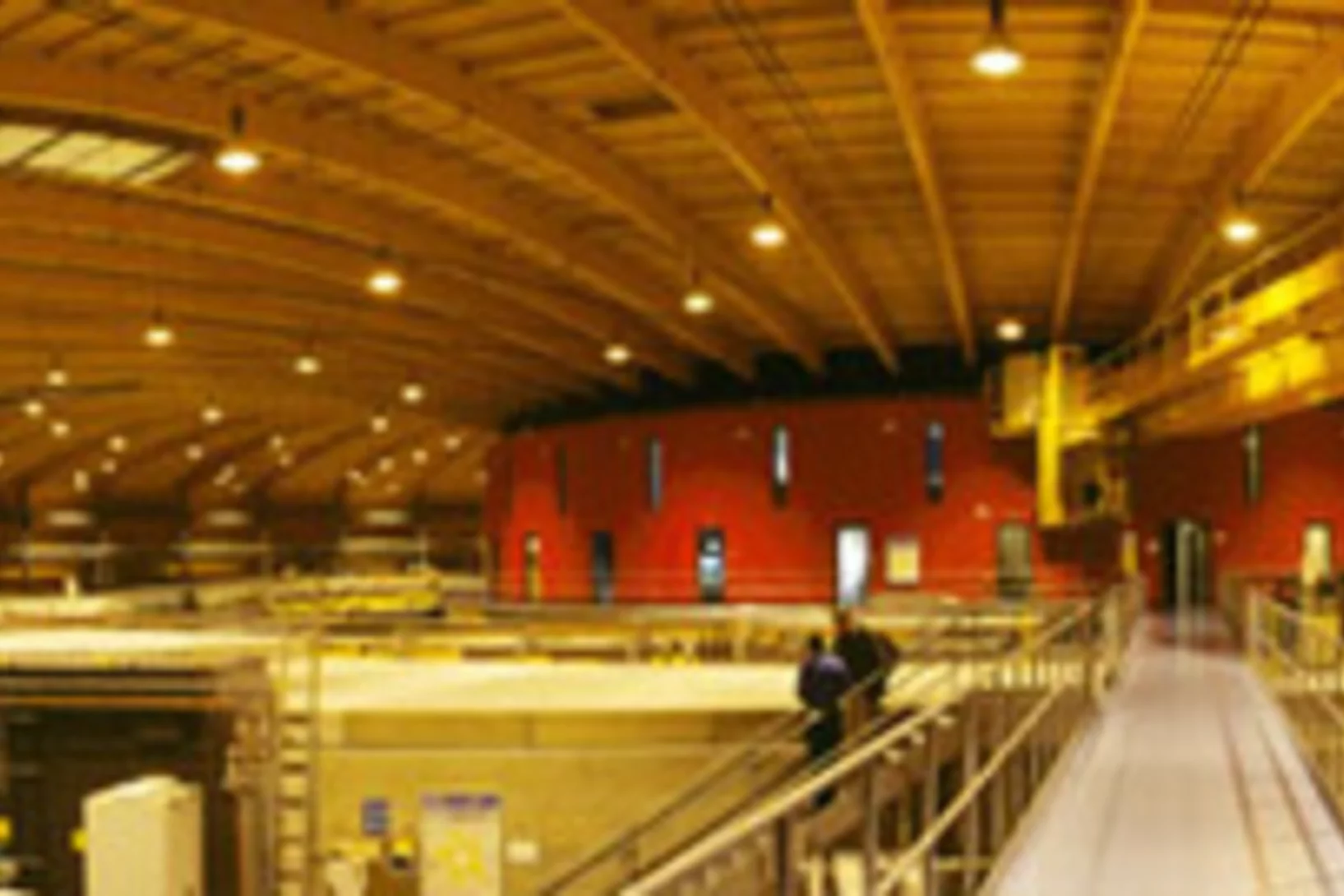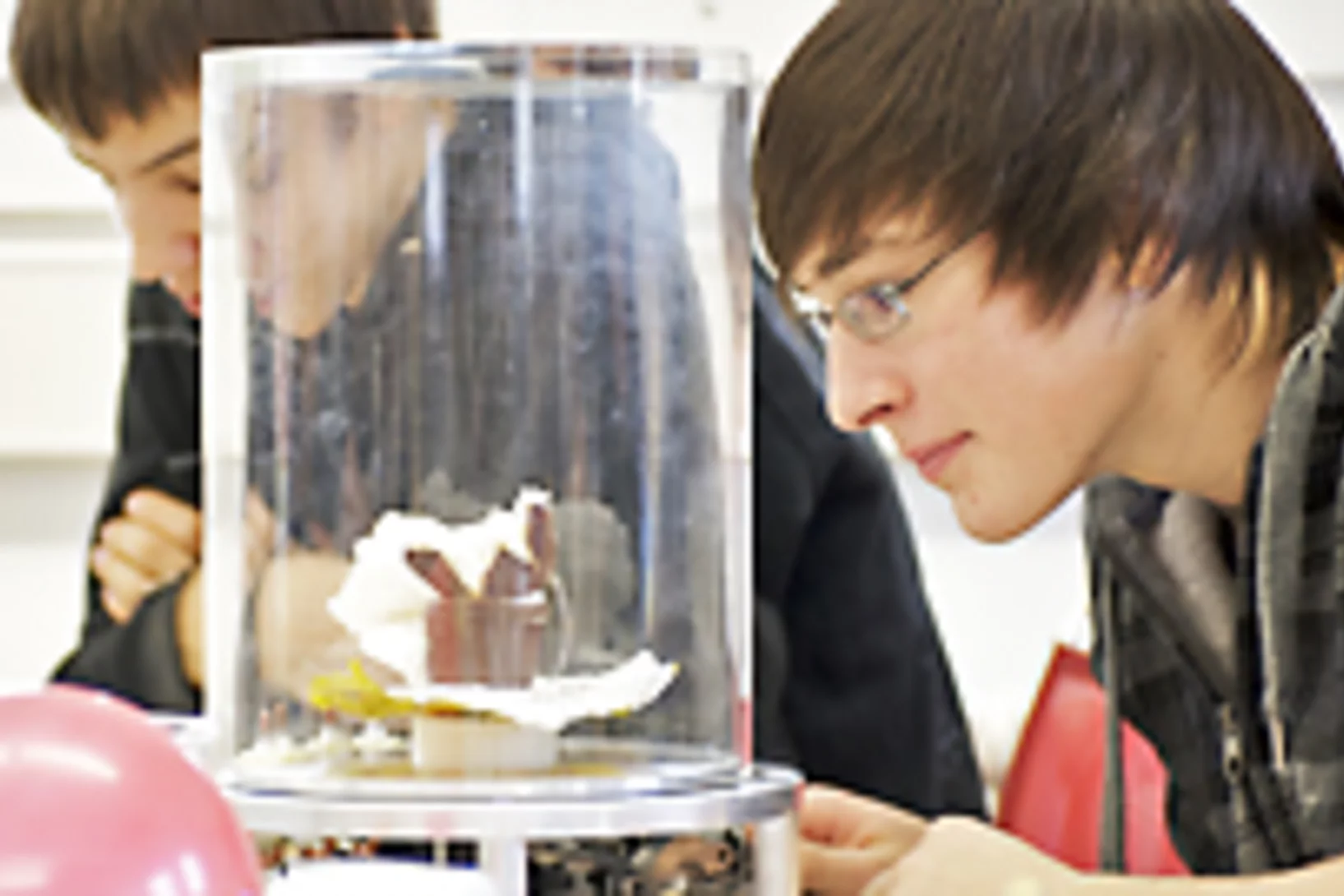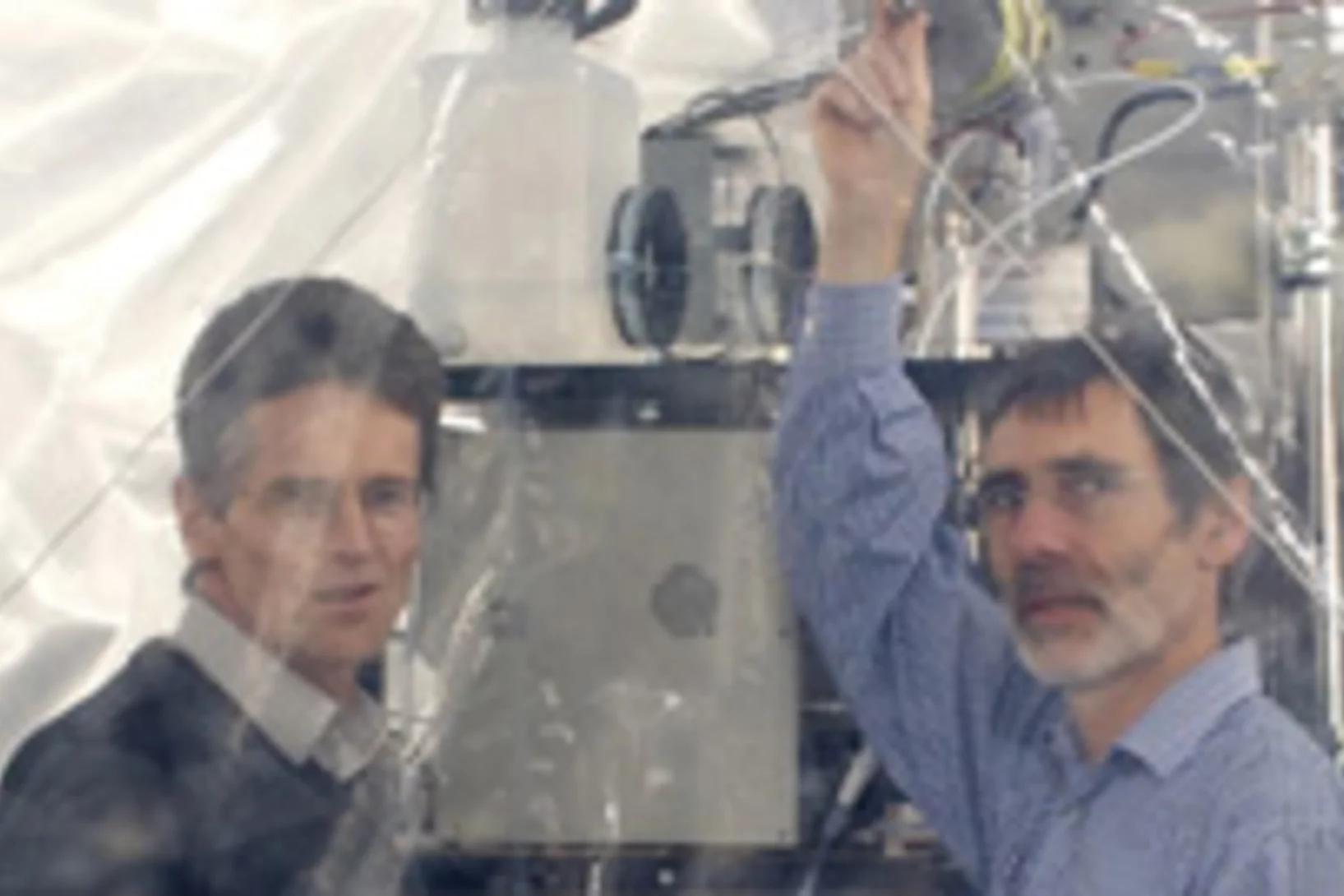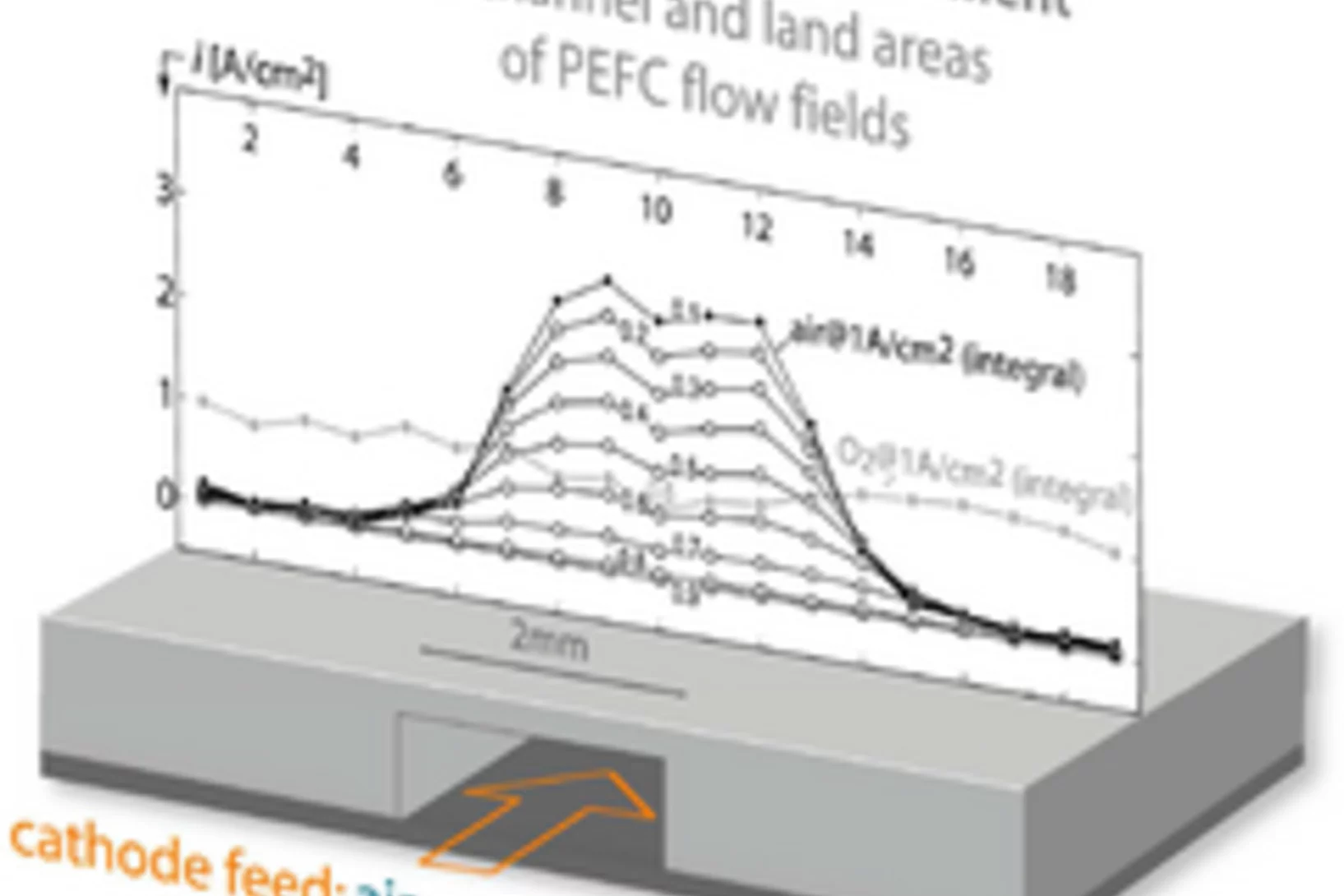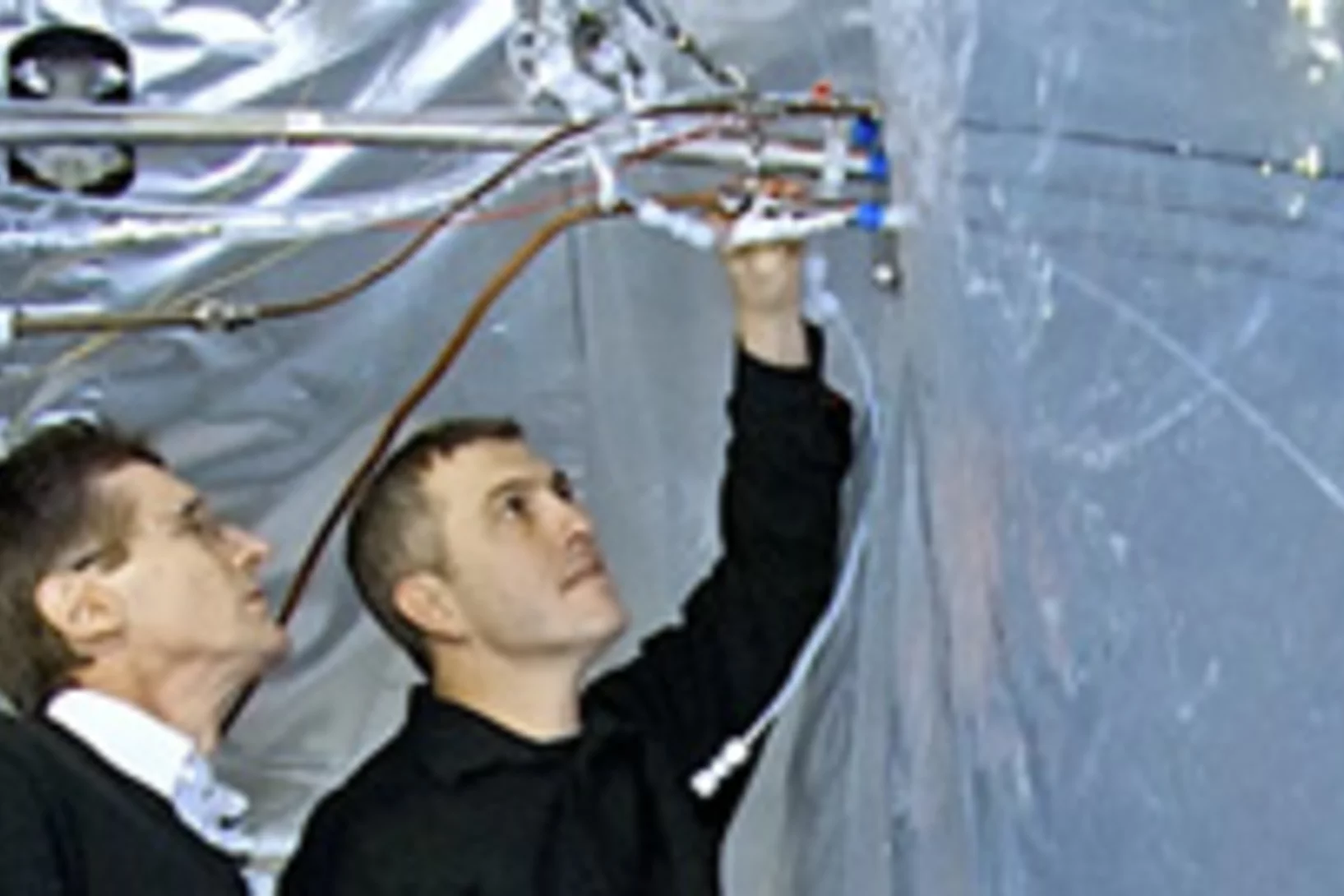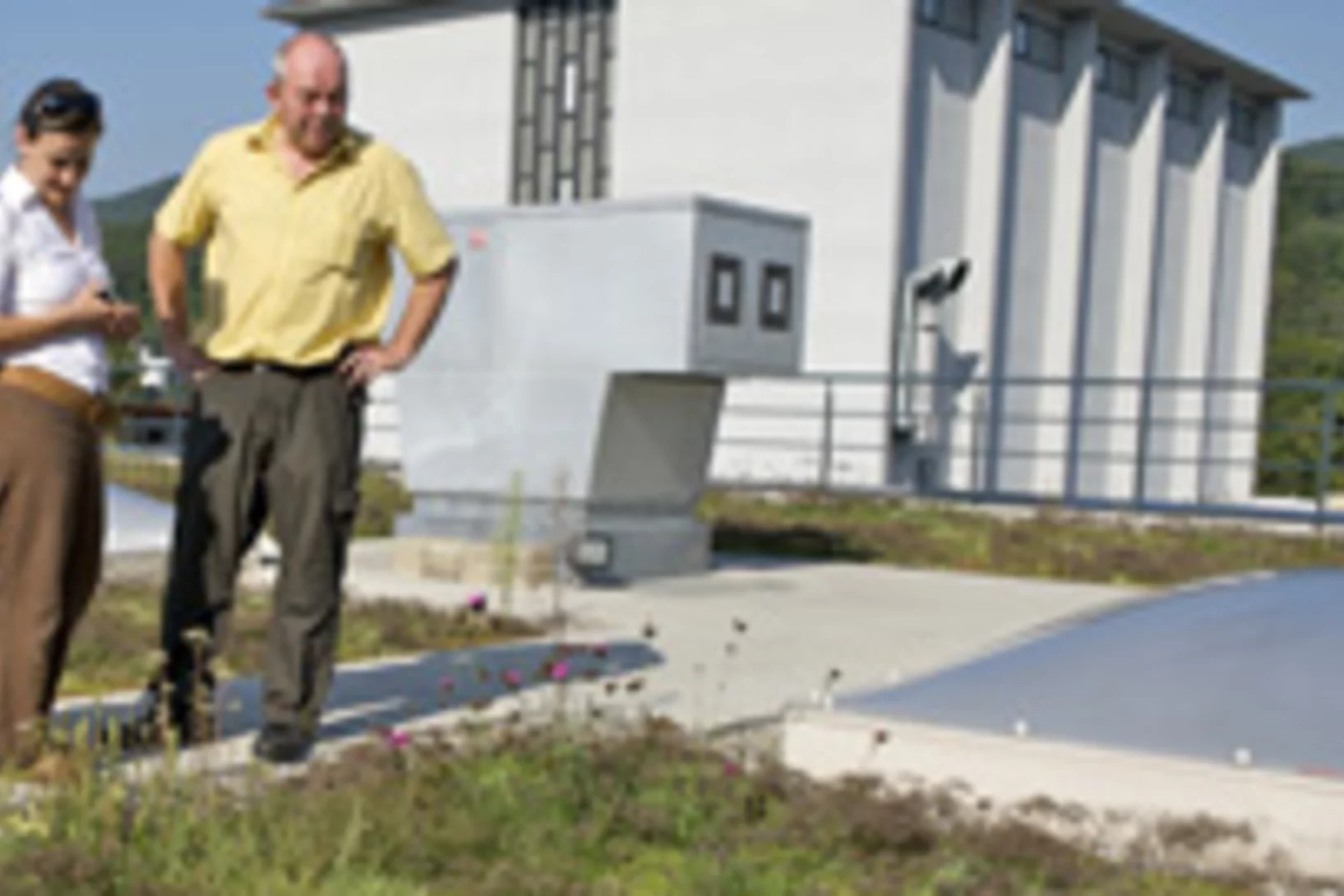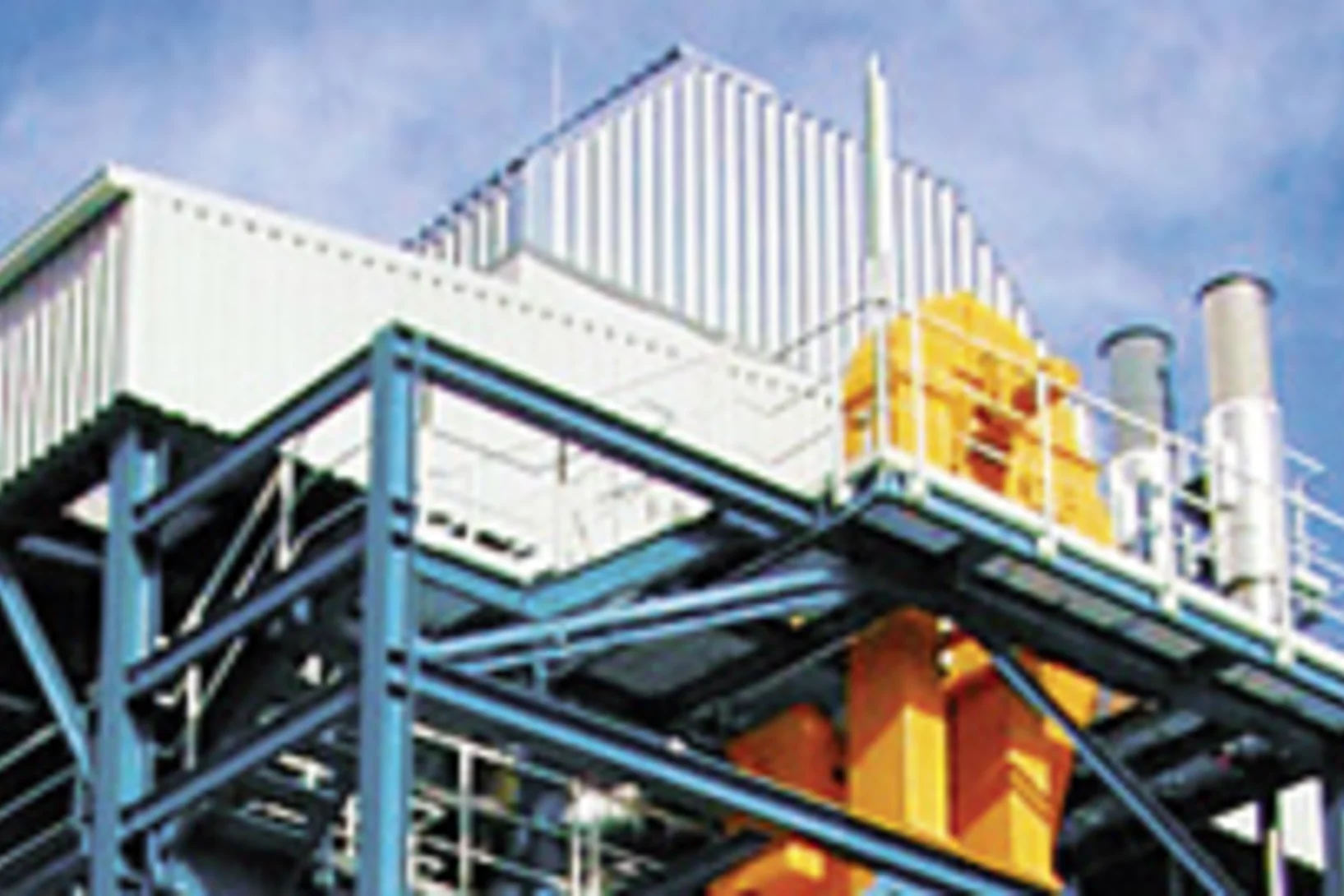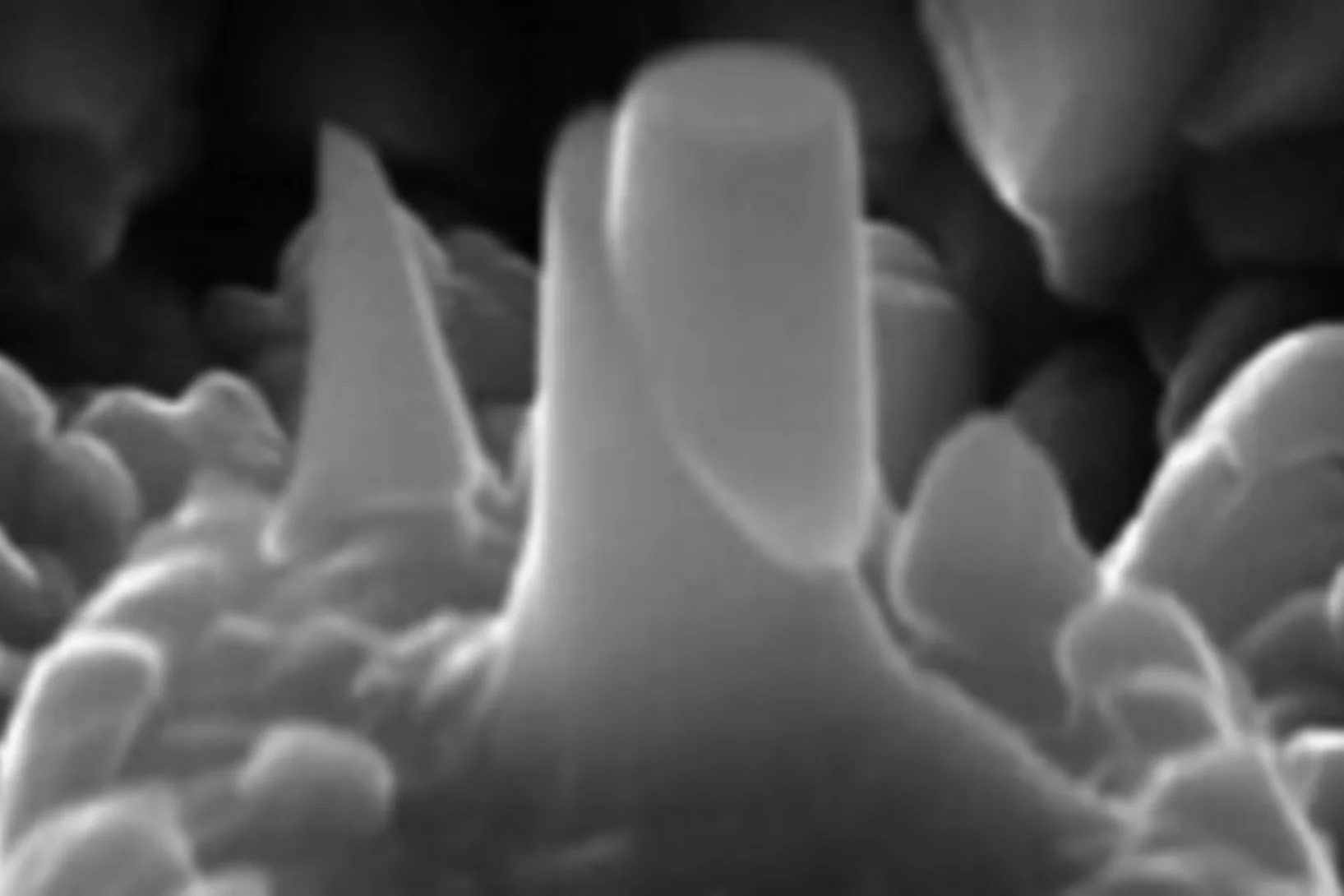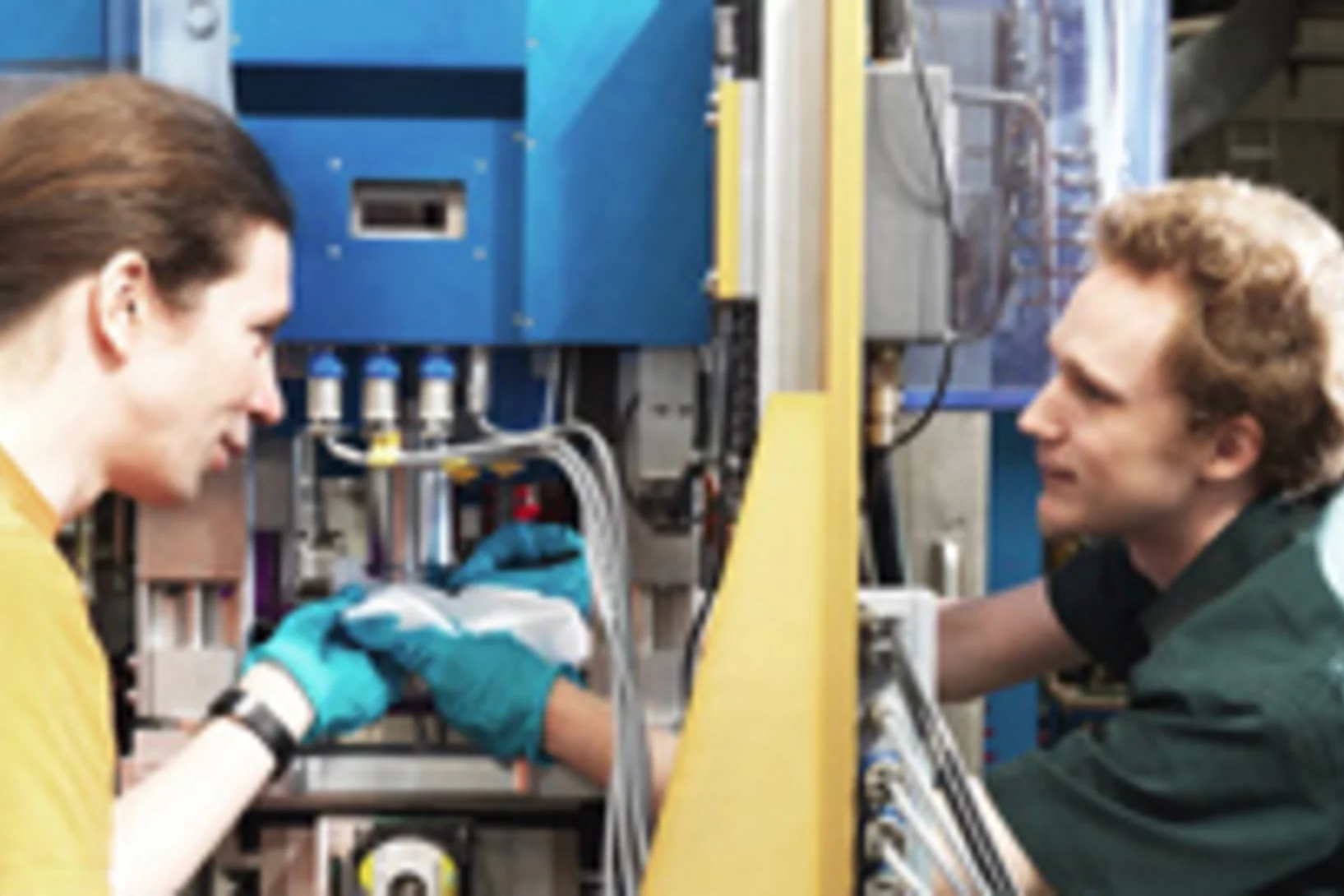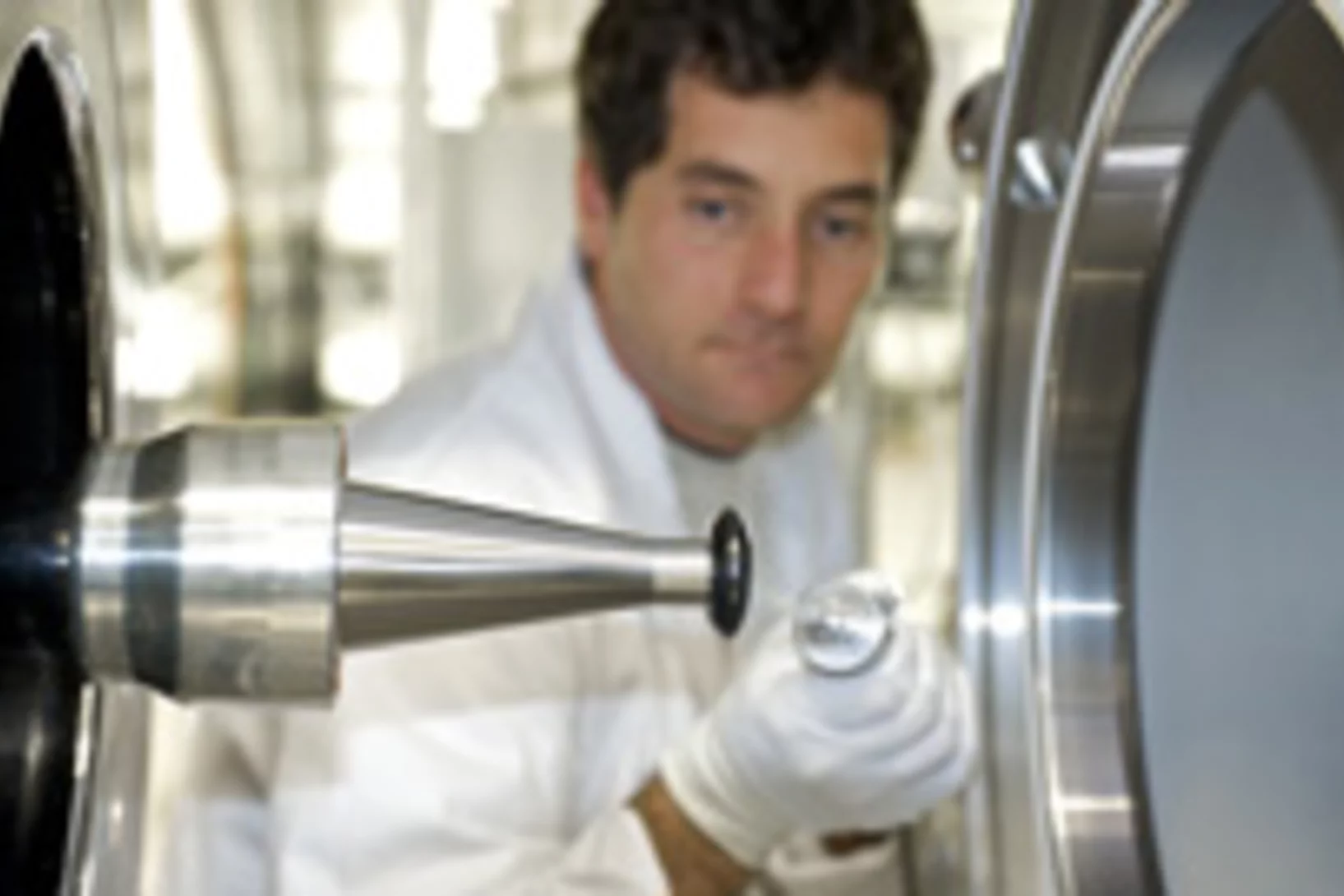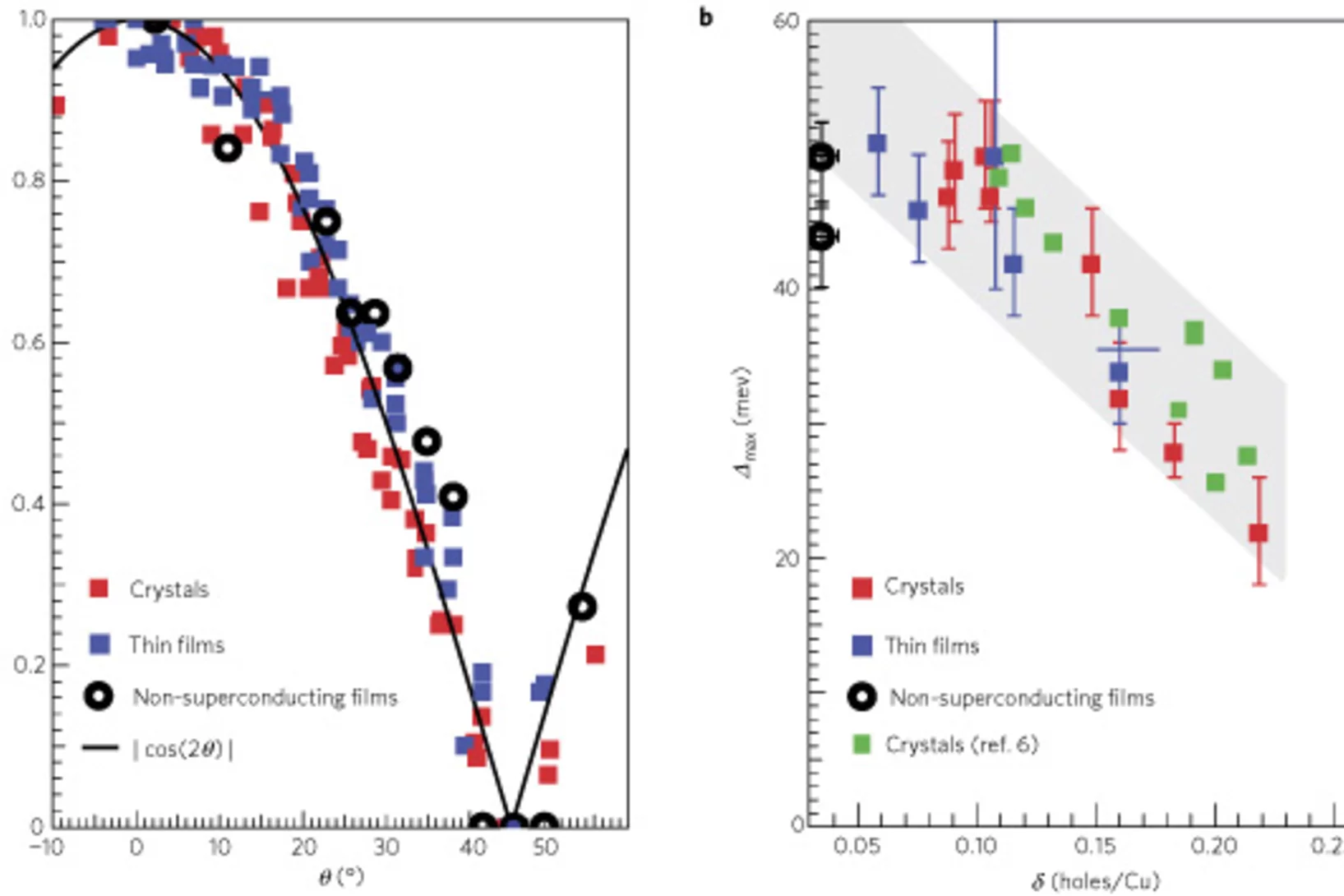Shifting away from nuclear energy, expanding solar and wind power, generating energy from biomass, reducing energy consumption. Switzerland is committed to becoming climate-neutral by 2050. An ambitious goal, which has become more urgent than ever due to the increasingly challenging geopolitical situation. How can a sustainable and resilient energy supply for Switzerland be established over the coming years? What's the optimal way to use renewable energy sources? What new technologies are especially promising? At PSI, researchers are seeking answers to these crucial questions.
Understanding plastic semiconductors better
Semiconductors made from polymer materials are becoming increasingly important for the electronics industry à as a basis for transistors, solar cells or LEDs. Usually, they consist of more than one substance as they get their particular electric properties only when several materials are blended. Researchers from the Paul Scherrer Institute and the University of Cambridge have developed a method that allows them to determine the detailed structure of the material.
Understanding plastic semiconductors better
New method allows important insights into polymer semiconductors
Semiconductors made from polymer materials are becoming increasingly important for the electronics industry – as a basis for transistors, solar cells or LEDs – showing important advantages when compared to conventional materials: they are lightweight, flexible and very cheap to produce.
New X-ray technique distinguishes between that which previously looked the same
Images generated using the phase-contrast technique allow one to distinguish between tissue types such as muscle, cartilage, tendons or soft-tissue tumours that look virtually identical in conventional X-ray images. Researchers at the Paul Scherrer Institute and the Chinese Academy of Science have further developed the technique to make it easier to use in the future. This could help in the detection of tumours or in the identification of hazardous objects in luggage.
New X-ray technique distinguishes between that which previously looked the same
A new method forms the basis for the widespread use of an X-ray technique which distinguishing types of tissue that normally appear the same in conventional X-ray images
Protons - smaller than we thought
The proton à one of the smallest building-blocks of all matter à is even smaller than had previously been assumed. This discovery is the result of experiments carried out at the Paul Scherrer Institute (PSI) in Villigen, Switzerland, by an international research team.
Paul Scherrer Institut ermöglicht bessere Versorgung der Spitäler mit hochwirksamem Krebsmedikament
Das Paul Scherrer Institut ist für die Behandlung von bestimmten Krebserkrankungen mittels seiner einzigartigen Protonentherapie-Anlage bekannt. Nun hilft das PSI auch bei der Behandlung einer Gruppe von Krebspatienten durch die Herstellung eines Krebsmedikaments. Die erste Patientendosis wurde heute am Zentrum für Radiopharmazeutische Wissenschaften des PSI hergestellt und im Kantonsspital Luzern einem Patienten verabreicht.This news release is only available in German.
Gesamtbundesrat zu Besuch am Paul Scherrer Institut
Der traditionelle Jahresausflug des Bundesrats hat dieses Jahr in die Heimat von Bundespräsidentin Doris Leuthard, in den Aargau, geführt. Mit ihren Ratskolleginnen und Ratskollegen sowie der Bundeskanzlerin und den beiden Vizekanzlern besuchte die Bundespräsidentin am Freitag, 2.Juli 2010 als erste Station das Paul Scherrer Institut, das grösste Forschungsinstitut der Schweiz.This news release is only available in German.
Proton pump generates energy from food and oxygen
A central feature of any living organism is that food reacts with oxygen and, in the process, energy is released and made available for a variety of reactions within the organism. Using investigations performed at the Swiss Light Source, SLS, researchers have now been able to explain a crucial part of this process at a molecular level.
Swiss Energy Research in the European Alliance
Paul Scherrer Institute takes part in European Energy Research AllianceThe development of pathways towards a sustainable energy supply is one of the most urgent technical challenges facing us today. The Paul Scherrer Institute (PSI) has, for many years, made important scientific contributions to new energy technologies.
Lösungsansätze zum Schutz des globalen Klimas
Tagung am Paul Scherrer Institut bringt Energiefachleute zusammenAls grösstes Energieforschungszentrum der Schweiz und Sitz des Kompetenzzentrum Energie und Mobilität CCEM lud das Paul Scherrer Institut am 11. Juni zu einer Tagung über Lösungsansätze zum Schutz des globalen Klimas ein. Acht Vorträge von Energieexperten aus Forschung und Industrie zeigten die Vielfalt der Verfahren, die zu einer Reduzierung des CO2-Ausstosses führen könnten. In der anschliessenden Podiumsdiskussion wurde deutlich, was über technische Ansätze hinaus getan werden muss.This news release is only available in German.
Nachhaltige Elektrizität: Wunschdenken oder bald Realität?
Der neue Energie-Spiegel ist da.Nachhaltigkeit ist heute in aller Munde. Kaum ein Begriff wird so oft gebraucht wie auch missbraucht. Der Wunsch nach einer nachhaltigen Entwicklung ist wohl unbestritten, aber was bedeutet das konkret im Energie- und Stromsektor?This news release is only available in German.
The nature of nitrate at the ice surface
Trace contaminants such as strong acids have been suggested to affect the thickness of the quasi-liquid layer at the ice/air interface, which is at the heart of heterogeneous chemical reactions between snowpacks or cirrus clouds and the surrounding air. We used X-ray photoelectron spectroscopy (XPS) and electron yield near edge X-ray absorption fine structure (NEXAFS) spectroscopy at the Advanced Light Source (ALS) to probe the ice surface in the presence of HNO3 at 230 K.
Spitzenforschung für die Schweizer Industrie
Das Paul Scherrer Institut stellt vor, wie die Industrie von der Forschung des Instituts profitieren kann.Wie können sich Unternehmen durch die Zusammenarbeit mit dem Paul Scherrer Institut PSI einen Wettbewerbsvorteil verschaffen? war die zentrale Frage der heutigen Jahresmedienkonferenz des PSI. Für eine Industrie, die wirklich innovative Produkte anbieten will, ist das PSI als Zentrum der naturwissenschaftlich-technischen Spitzenforschung ein natürlicher Partner.This news release is only available in German.
Rückkehr in die Berufstätigkeit am Paul Scherrer Institut
Erfolgreiches Pilotprojekt für Naturwissenschaftlerinnen und Ingenieurinnen geht nun in die Regelstruktur über.
Einschlägige Studien haben ergeben, dass spätestens nach der Promotion zahlreiche hochqualifizierte Wissenschaftlerinnen und Ingenieurinnen ihre Karriere (vorerst) nicht weiterverfolgen. Deshalb hat das Paul Scherrer Institut vor einem Jahr ein Pilotprojekt ins Leben gerufen.
Die Massnahme hat sich als Erfolg erwiesen und ist nun fester Bestandteil der PSI-Personalpolitik.
This article only exists in German.
The mass concentration of volcanic ash from Iceland in European airspace
Data of the Paul Scherrer Institute from the High-Alpine Research Station Jungfraujoch yield important information.The eruption of the volcano Eyjafjallajokull in Iceland has stalled flight traffic in large parts of Europe. Decision makers had to base their decisions mainly on model calculations for the volcanic plume dispersion. How dangerous is this volcanic ash layer for planes?
Forscher am Paul Scherrer Institut erhalten Titularprofessur an der Universität Basel
Das Argovia-Netzwerk des Kantons Aargau macht eine enge Verknüpfung von Aargauer Spitzenforschung und Basler Hochschullehre möglichHeute fanden am Paul Scherrer Institut PSI in die Antrittsvorlesungen der neuen Basler Titularprofessoren Thomas Jung und Frithjof Nolting, statt. Jung und Nolting leiten bereits seit mehreren Jahren eigene Forschungsgruppen am PSI.This news release is only available in German.
Technology from the Paul Scherrer Institute detects proton collisions at unprecedented levels of energy
CERN has been able to take the first measurements of collisions between the highest-energy particles ever generated. These collisions were performed at CERN's new LHC accelerator and recorded with the CMS Experiment, which involved a key component (the barrel pixel detector) contributed by the Paul Scherrer Institute in collaboration with Swiss Universities. The first LHC operation in Dezember 2009 has now resulted in a first particle physics publications of the CMS experiment. This is after a remarkable short time , given the compexity and the size of this gigantic experiment with over 3000 physicists and engineers from close to 40 countries.
Magnetspeicher der neusten Generation sind 100 000 mal schneller als herkömmliche Festplatten
Computer-Festplatten könnten bald ausgedient haben: Forscher des Paul Scherrer Instituts PSI und der Universität Konstanz haben neuartige Magnetbänder untersucht und gezeigt, dass sie nicht nur sehr hohe Speicherdichten, sondern auch viel schnellere Zugriffszeiten als heutige Speichermedien zulassen. Leiter der Studie war Mathias Kläui, der am 1. April eine von der ETH Lausanne und dem PSI gemeinsam finanzierte Professur antritt.This news release is only available in French and German.
The competition between organics and bromide at the aqueous solution – air interface as seen from ozone uptake kinetics and X-ray photoelectron spectroscopy
A more detailed understanding of the heterogeneous chemistry of halogenated species in the marine boundary layer is required. Here, we studied the reaction of ozone (O3) with NaBr solutions in presence and absence of citric acid (C6H8O7) under ambient conditions. Citric acid is used as a proxy for oxidized organic material present at the ocean surface or in sea spray aerosol.
Attacking the lifeline of tumour cells
Researchers at Biomedicum Helsinki, Finland, and the Paul Scherrer Institute (PSI) in Villigen, Switzerland, have determined the crystal structure of the ligand-binding domain of a vascular endothelial growth factor (VEGF) receptor in complex with one of its ligands (VEGF-C).
Das PSI füllt ein Vakuum mit einem Vakuum
Einweihung Vakuumlabor im Schülerlabor iLab am Paul Scherrer InstitutIm Beisein der Erziehungsdirektoren der Nordwestschweiz hat das Paul Scherrer Institut heute ein zweites Experimentierthema in seinem Schülerlabor iLab eingeweiht. Das neue Vakuumlabor bietet den Schülerinnen und Schülern weitere spannende Versuche und ergänzt das im April 2008 eröffnete Schalllabor in idealer Weise.This news release is only available in German.
News from the smog chamber: mechanisms of particle formation in the atmosphere unveiled
Up to the present time, the nucleation or new formation of particles in the atmosphere has been a great enigma. Until recently, research was based on the assumption that sulphuric acid played the central role in particle formation. However, laboratory experiments and field tests have consistently provided conflicting results. In the lab, considerably higher concentrations of sulphuric acid are required for nucleation to take place than in the atmosphere itself. Now scientists from the Paul Scherrer Institute (PSI) have found out the cause for these conflicting results from their smog chamber. These findings will advance climate research to a significant degree.
Local current measurement in PEFC
Major barriers for a successful commercialization of Polymer Electrolyte Fuel Cells (PEFCs) are insufficient lifetime and high cost of platinum catalyst. A comprehensive understanding of aging and transport phenomena on all relevant length scales is a key to improve durability and to reduce precious metal loading. Flow fields as used in PEFCs for the distribution of the reactant gases over the electrode area cause inhomogeneities. The importance of down the channel inhomogeneities has been realized.
Mystery solved: how fine particulates are formed in the air
Researchers from the Paul Scherrer Institute, the University of Colorado and 29 other research institutions in various countries have investigated the composition of the organic constituents of the fine particulates found in various regions of the world, and have identified the original substances from which they are formed in each case. For the first time ever, this has enabled them to explain the role played by the individual components of emissions in the development of fine particulates.
High-Tech umgeben von Natur pur
Am Paul Scherrer Institut ist alles im grünen Bereich70 Prozent des Firmenareals des Paul Scherrer Instituts PSI in Villigen sind natur-nah gestaltet. Für diese Bemühungen wurde das Forschungszentrum bereits zum dritten Mal mit dem Qualitätslabel der Stiftung Natur&Wirtschaft ausgezeichnet.This news release is only available in German.
Producing Synthetic Natural Gas from Wood
PSI researchers are investigating methods for converting wood waste into synthetic natural gas that could be fed into the public gas grid. Switzerland has enough wood available to cover several percent of its total energy requirements. Energy production from wood is CO2-neutral, due to the fact the CO2 formed during combustion would otherwise be released when the wood rotted down. Unlike the direct combustion of wood, however, use of this synthetic gas produces no harmful particulate matter.
Reliable materials for nuclear reactors
Materials used in nuclear power plants are subjected to extreme conditions. The safety standards for the selection, deployment and monitoring of these materials are extremely high. At PSI, the long-term behaviour of power plant components is being studied. Hence researchers investigate the impact of stress-corrosion cracking in materials, or the effects of strong radioactive radiation on their durability.
Service to the scientific community
Neutrons, synchrotron light and muons are very useful for researchers in a variety of disciplines. Using these probes, we can determine the structure of crystals, they help us understand magnetic processes, or they can reveal the structures of biological materials. However, producing these probes is so difficult that most research groups will not have a neutron, muon or synchrotron light at their own scientific centre.
Schweizer Spitzenforschung in Europäischer Grossforschungsanlage
Heute haben die Vertreter von zehn Staaten im Hamburger Rathaus an der Vertragsunterzeichnung für den Bau des European XFEL teilgenommen. Die Schweiz ist am Aufbau der Anlage beteiligt und wird zum Gelingen des Projekts an entscheidenden Stellen mit Know-how beitragen, das am Paul Scherrer Institut entwickelt worden ist.This news release is only available in German.
Observation of a d-wave nodal liquid in highly underdoped Bi2Sr2CaCu2O8+δ
A key question in condensed-matter physics is to understand how high-temperature superconductivity emerges on adding mobile charged carriers to an antiferromagnetic Mott insulator. We address this question using angle-resolved photoemission spectroscopy to probe the electronic excitations of the non-superconducting state that exists between the Mott insulator and the d-wave superconductor in Bi2Sr2CaCu2O8+δ.

